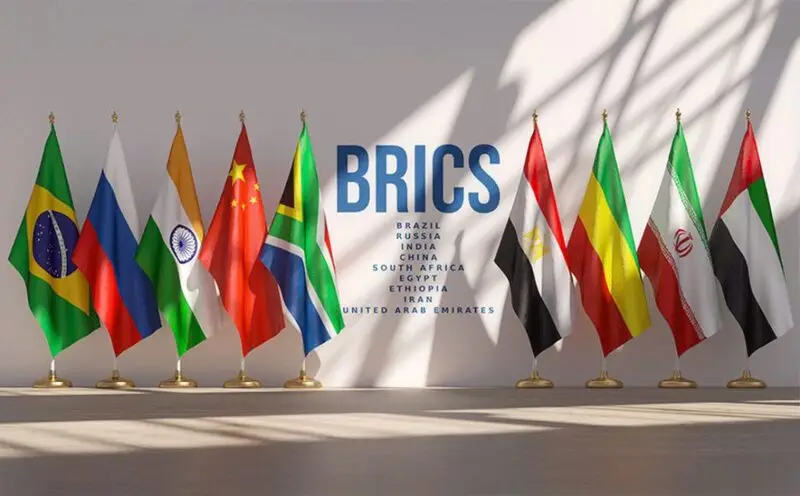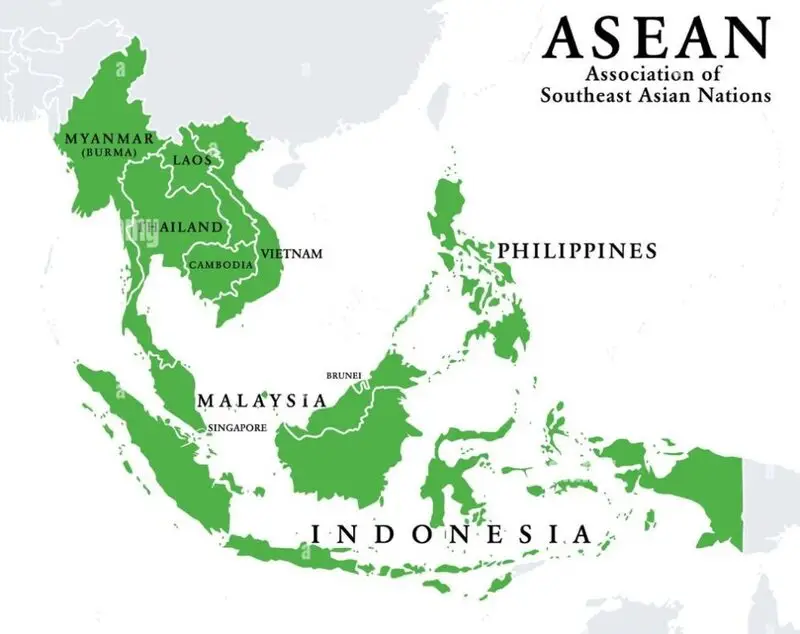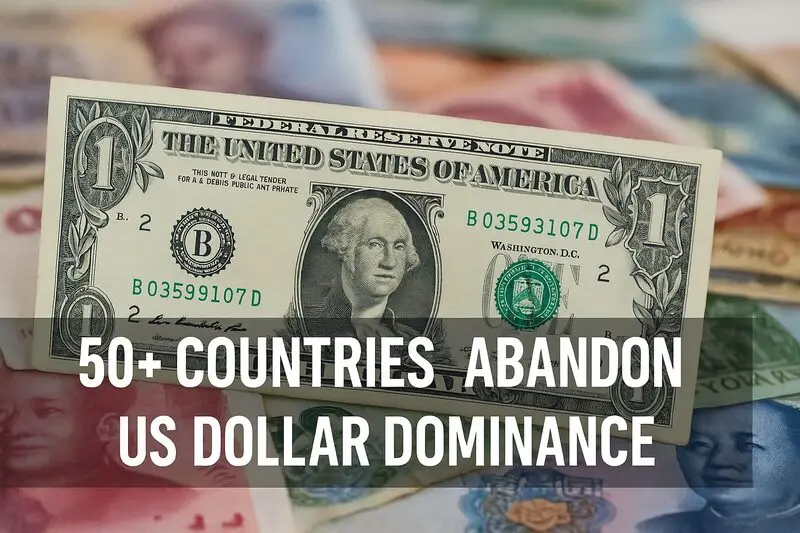The number of countries embracing de-dollarization is rapidly growing, with over 50 nations actively shifting away from US dollar dominance right now, in 2025. This global economic transformation has actually accelerated in recent months, with an additional 14 countries joining the movement just in the past months. According to the most recent analysis, about 46 countries have already switched to making transactions in national currencies, while 53 nations have also openly declared their opposition to the US currency.
Also Read: Ethereum Pectra Upgrade Price: ETH Surges 18% to $2,200
De-Dollarization Countries: How Global Economies Are Moving Away from the US Dollar

The shift from US dollar dominance has been embraced by both major economic powers and also developing nations alike. Countries implementing de-dollarization now include both established economies and emerging markets seeking financial sovereignty.
Russian Foreign Minister Sergey Lavrov stated:
“Almost complete de-dollarization of bilateral economic relations has been achieved between Russia and China, with over 90% of mutual payments now conducted in rubles or yuan.”
BRICS Nations Leading the Charge

BRICS nations have become leaders in the growing movement of de-dollarization. These are the de-dollarization striving nations, not only – Brazil, Russia, India, China, but South Africa too: new entrant – Egypt, Ethiopia, Indonesia, Iran, United Arab Emirates.
Also Read: De-Dollarization: JP Morgan’s Latest Warning on US Dollar’s Overvaluation & Downfall
Regional Alliances Driving Change

Several countries that practice de-dollarization have established commanding economic blocs currently. BRICS, ASEAN, the Shanghai Cooperation Organization, and the Commonwealth States of Independent States are all jointly building various systems of trading in local currencies.
Brazilian President Luiz Inacio Lula da Silva said:
“Resorting to unilateralism undermines the international order…In the face of polarization and the threat of fragmentation, the consistent defense of multilateralism is the only path we must follow.”
Rising Alternative Payment Systems
China’s Cross-Border Interbank Payment System now connects over 1,300 banks worldwide, with transaction volumes surging an impressive 50% in 2022. Meanwhile, Russia’s SPFS system serves as an alternative to SWIFT for countries committed to de-dollarization pathways.
Trump’s Response and Threats
The growing movement of countries pursuing de-dollarization has triggered strong reactions from the United States.
President Donald Trump declared:
“BRICS states were trying to destroy our dollar. They wanted to create a new currency. So when I came in, the first thing I said was any BRICS state that even mentions the destruction of the dollar will be charged a 150% tariff.”
The Future of De-Dollarization
The trend of countries opting to de-dollarize is likely to go on the up even more so against the threats from Washington. Other forms of payment systems, currency swaps, and expansion of gold reserves continue to undermine the dominance of the dollar.
Russian President Vladimir Putin clarified:
“We are not refusing, not fighting the dollar, but if they don’t let us work with it, what can we do? We then have to look for other alternatives, which is happening.”
Also Read: China-Russia Anti-Dollar Alliance: Xi Condemns ‘Hegemonic Bullying’
Global movement of countries adopting de-dollarization strategies epitomizes a diametric change in the international financial scene here and now. At the time of writing, with over 50 countries participating, this trend bodes as a great threat to the post-WWII financial order as countries seek more financial sovereignty.






